Bulbs
Flower Basics
Flower Beds & Specialty Gardens
Flower Garden
Garden Furniture
Garden Gnomes
Garden Seeds
Garden Sheds
Garden Statues
Garden Tools & Supplies
Gardening Basics
Green & Organic
Groundcovers & Vines
Growing Annuals
Growing Basil
Growing Beans
Growing Berries
Growing Blueberries
Growing Cactus
Growing Corn
Growing Cotton
Growing Edibles
Growing Flowers
Growing Garlic
Growing Grapes
Growing Grass
Growing Herbs
Growing Jasmine
Growing Mint
Growing Mushrooms
Orchids
Growing Peanuts
Growing Perennials
Growing Plants
Growing Rosemary
Growing Roses
Growing Strawberries
Growing Sunflowers
Growing Thyme
Growing Tomatoes
Growing Tulips
Growing Vegetables
Herb Basics
Herb Garden
Indoor Growing
Landscaping Basics
Landscaping Patios
Landscaping Plants
Landscaping Shrubs
Landscaping Trees
Landscaping Walks & Pathways
Lawn Basics
Lawn Maintenance
Lawn Mowers
Lawn Ornaments
Lawn Planting
Lawn Tools
Outdoor Growing
Overall Landscape Planning
Pests, Weeds & Problems
Plant Basics
Rock Garden
Rose Garden
Shrubs
Soil
Specialty Gardens
Trees
Vegetable Garden
Yard Maintenance
Earthworms and Nutrition
Earthworms and Nutrition. Earthworms are one of the most versatile invertebrates. They can eat almost anything and benefit the environment in doing so. What exactly they eat is dependent on whether they live above the soil or deep in the ground. They will also feed on pretty much anything in a compost pile.
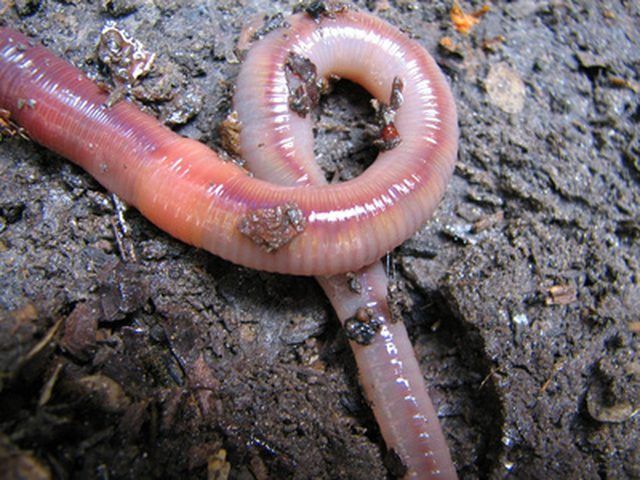
Earthworms are one of the most versatile invertebrates. They can eat almost anything and benefit the environment in doing so. What exactly they eat is dependent on whether they live above the soil or deep in the ground. They will also feed on pretty much anything in a compost pile.
How They Eat
Earthworms have no teeth. Instead they moisten bits of food in their mouth to begin breaking it down. Then the food is passed to the gizzard, which acts like teeth to grind down the food further. Last, the intestines break down the remaining food and pass out the excess as worm castings.
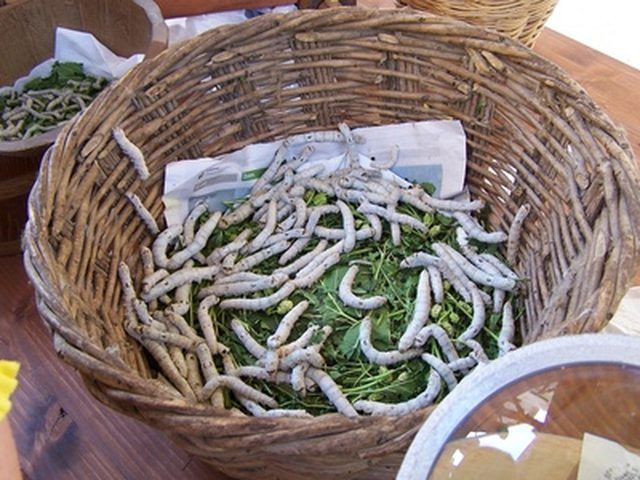
Surface Food Sources
Earthworms that reside on the surface of the soil will eat any organic material surrounding it. This most commonly will include dead grass and leaves. This organic material is covered in algae, fungi and bacteria that are essential to the earthworm's diet. In a compost heap, the worm will digest anything from cardboard to melon rinds.
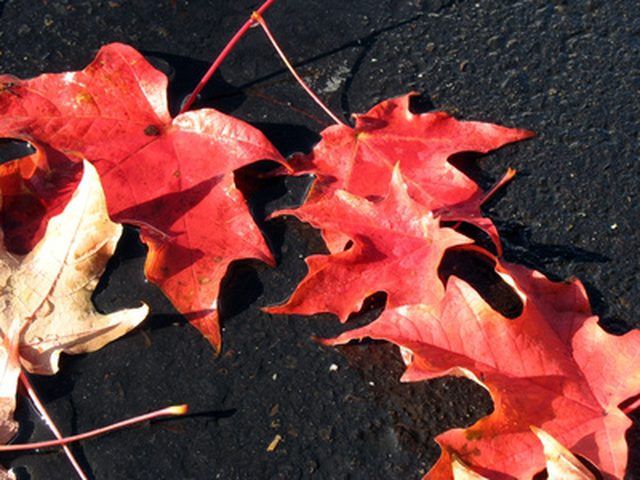
Other Sources of Nutrition
Earthworms that reside underground do not have the organic material that is available above ground. Instead these invertebrates will eat and digest raw dirt. This dirt contains the bacteria, fungi and algae that the earthworm can acquire above ground. Sometimes they swallow small stones to aid in digestion and grinding their food.
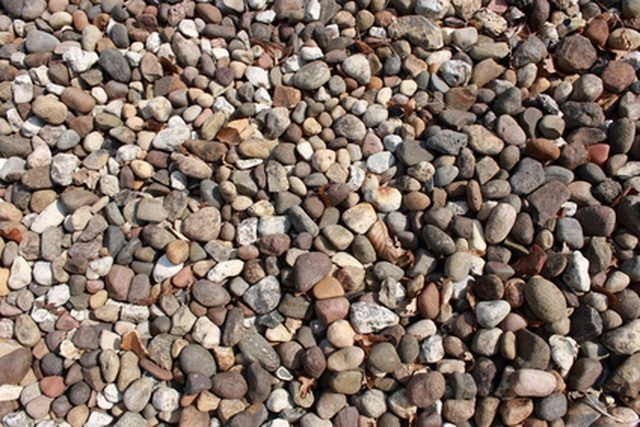
Habitat
Earthworms have developed a high capacity for oxygen storage. Underground the soil is oxygen-poor, yet the earthworm is able to inhabit these conditions. They are the most populous in grasslands, where organic material is abundant and disturbances are few. The earthworm's diet extends so far as to include dead and decomposing earthworms.
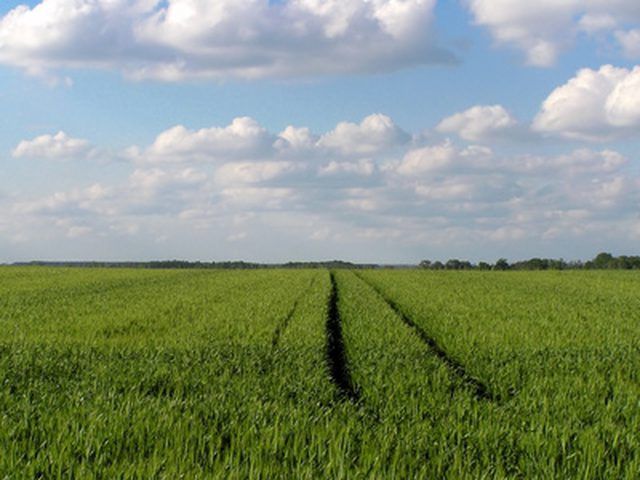
Benefits
The earthworm's acquisition of nutrients plays a vital role in maintaining ecological balance. In their hunt for organic matter, earthworms burrow through the soil. This burrowing aerates the soil and provides space for rain water to be absorbed. Earthworm feces, known as castings, provide fertilization for plants and crops.
